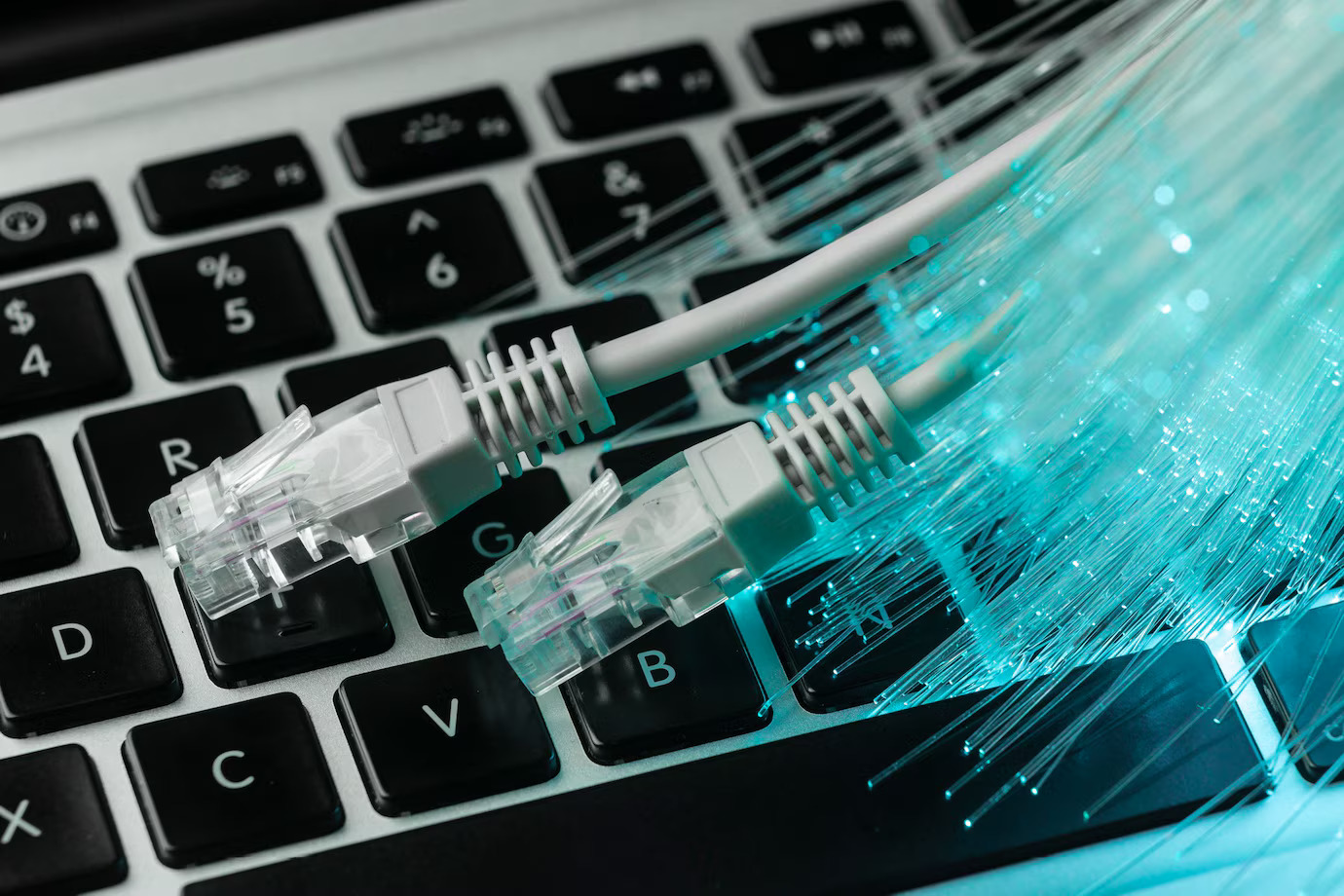Soldering Tools List: Essential Equipment for Every Project

Whether you are a beginner in electronics repair or a professional in precision assembly, having the right soldering tools is key to achieving accurate and clean results. A complete soldering tools list ensures you are well-prepared for any project, whether it’s PCB repair, jewelry making, or electrical wiring.
In this guide, we’ll cover the most important soldering tools and their functions, so you can build your toolkit with confidence.
1. Soldering Iron
The soldering iron is the primary tool in any soldering toolkit. It heats the solder, allowing it to melt and bond materials like copper wires or circuit board pads.
- Types: Basic soldering iron, temperature-controlled soldering iron, cordless soldering iron.
- Tip: Choose a temperature-controlled model for better precision.
2. Soldering Station
A soldering station is an advanced setup that includes a soldering iron, temperature control unit, and holder. It offers better stability and control compared to a standalone soldering iron.
- Best For: Professional electronics work and frequent use.
3. Solder Wire
Solder wire is a fusible metal alloy used to join components. It usually contains tin and lead, or a lead-free alternative.
- Types: Lead-based solder (Sn-Pb) and lead-free solder (Sn-Cu or Sn-Ag-Cu).
- Diameter Choice: Thinner solder wires are better for precision electronics work.
4. Flux
Flux is a chemical cleaning agent that removes oxidation from metal surfaces, ensuring strong solder joints.
- Forms: Liquid, paste, or flux pens.
- Pro Tip: Always clean off excess flux residue after soldering to prevent corrosion.
5. Soldering Tips
Soldering tips come in various shapes and sizes, such as conical, chisel, and bevel tips.
- Use Case: Conical for precision, chisel for large joints.
- Maintenance: Regularly clean and tin the tip to extend its life.
6. Desoldering Pump (Solder Sucker)
A desoldering pump removes molten solder from a joint, useful for repair or rework.
- Tip: Use alongside a solder wick for the best results.
7. Solder Wick (Desoldering Braid)
A solder wick absorbs molten solder through capillary action. It’s ideal for removing excess solder or cleaning up pads.
8. Helping Hands / PCB Holder
Helping hands hold your work in place, freeing both hands for soldering. Many models include magnifying lenses for better visibility.
9. Magnifying Lamp or Microscope
For small, intricate soldering work, magnification is essential. LED magnifying lamps or microscopes allow for precise control.
10. Heat-Resistant Mat
A silicone soldering mat protects your work surface and provides compartments for tools and components.
11. Hot Air Rework Station
Used for surface-mount device (SMD) soldering and desoldering, this tool blows hot air to melt solder without direct contact.
12. Tweezers
Precision tweezers help handle small components safely. Anti-static (ESD-safe) tweezers prevent damage to sensitive electronics.
13. Safety Gear
- Safety Glasses: Protect eyes from solder splashes.
- Fume Extractor: Removes harmful soldering fumes from the workspace.
14. Wire Cutters & Strippers
These tools prepare wires for soldering by removing insulation and trimming excess leads.
15. Soldering Tip Cleaner
A brass sponge or damp sponge removes oxidation and old solder from tips, maintaining performance.
Tips for Building Your Soldering Toolkit
- Invest in quality tools for durability and efficiency.
- Keep your workspace clean and organized.
- Practice on scrap components before tackling important projects.
Conclusion
A well-organized soldering tools list ensures you have everything you need for smooth, precise, and safe soldering. Whether you are repairing a circuit board, building a custom device, or working on a hobby project, the right tools will make all the difference in the quality of your work.



